Is There a Global Food Shortage? What’s Causing Hunger, Famine and Rising Food Costs Around the World
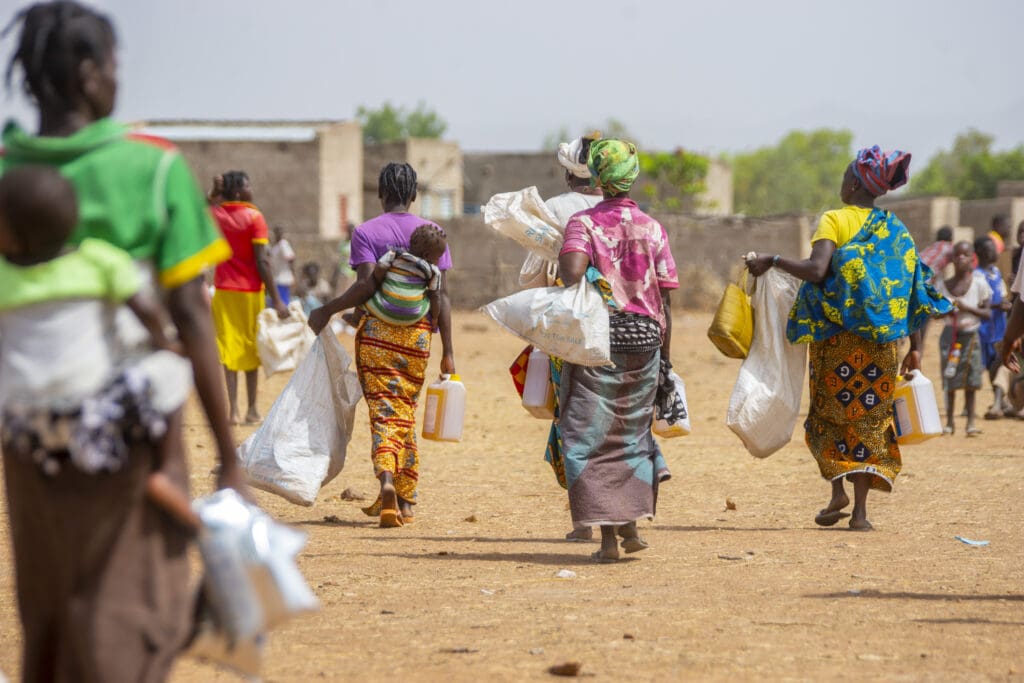
Conflict, economic shocks, climate change and soaring prices for food and fertilizer are all combining in a perfect storm to create a hunger crisis of unprecedented proportions. Right now, in some of the hungriest places around the world, there just isn’t enough food to feed the population. Does that mean there is a global food shortage? And if so, is there anything we can do to stop it?
What Are Food Shortages?
First, let’s take a look at what food shortages are. A food shortage happens when an area, country or region does not have enough food – or enough nutritious food – for its population. Typically, a food shortage happens because of production issues where not enough food is grown or imported to meet a population’s energy and nutrient requirements.
Food shortages can be chronic or acute. An acute food shortage is one that occurs suddenly, while chronic shortages go on month after month or year after year. Extreme climate or price shocks usually trigger acute shortages, while chronic shortages tend to happen in more low-income and/or war-torn countries where systems have broken down.

Food shortages can also spread locally: When political insecurity grows or frequent climate-related disasters hit, food can become scarce in multiple areas of a country or region. But there is no food shortage happening globally.
Why We Don’t Have a Global Food Shortage
There is no global food shortage because we produce more than enough food to feed everyone in the world. We produce so much food globally yet one–third of it – 1.3 billion tons – is wasted. According to the U.N. Food and Agriculture Organization (FAO), all that wasted food is enough to feed 1.26 billion people: almost twice the number of undernourished people across the globe.
So, if there’s enough food for everyone in the world, why do some countries face food shortages? It’s mostly due to a lack of access to food, technology and resilient food production systems.
What Causes Food Shortages Around the World?
Some countries and regions can’t provide enough food for their people. Why does this happen?
Without enough:
- People with skills like scientists, farmers, and logistics and transport experts who uphold efficient food systems
- Financial capital
- And environmental resources like arable land and water needed to grow food,
a country may be unable to provide enough food for its people.
In low-income countries especially, a lack of resources can also lead to high rates of food loss during the early stages of growth, harvest and storage. For example, poor storage can lead to infestations or mold that ruin food before it can be eaten.
Or, a country might produce or be able to import enough food for its population but shocks like climate disasters or political upheaval prevent the equitable distribution of food to vulnerable or isolated communities. Those communities then lose access to food and can experience a shortage. And bigger disruptors, like war, can stop trade or destroy food systems entirely.
Let’s take a closer look at some of those disrupting factors:
Conflict
Conflict is one of the main, and most devastating, drivers of hunger. It’s one that’s pushed 139 million civilians to the most extreme levels of hunger imaginable. Wars can trigger food shortages by destroying infrastructure and damaging food supply chains.
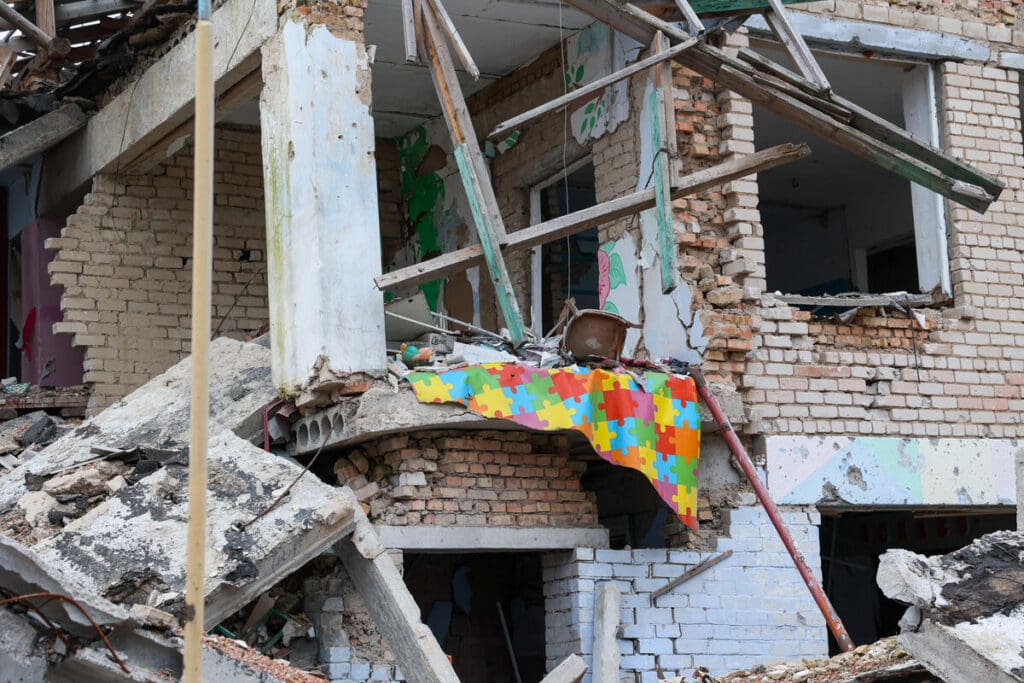
The current conflict in Ukraine, for example, has destroyed farmland and critical infrastructure, killed livestock and disrupted vital supply chains. Today, one in three Ukrainians are facing hunger. The war has also disrupted food production globally as the country was once considered a breadbasket of the world, producing enough food to feed 400 million people a year – much of it going to famine-stricken regions like the Horn of Africa. But with Ukraine’s Black Sea ports blocked because of the war, grain shipments vital for international food assistance could not reach people around the world facing hunger. The closure of these key ports also damaged Ukraine’s economy and increased food prices globally.
Around the world, conflict starves people: Decades of fighting have caused chronic food shortages across Afghanistan. Conflict in Ethiopia has destroyed sustainable food production. And the civil war in Yemen has put communities through nearly a decade of violence, poverty and chronic hunger.
Learn more about hunger and conflict.
Climate Shocks
While conflict is the #1 cause of hunger in the world, climate shocks are the second.
Climate change is increasing the intensity and frequency of natural disasters. These disasters disrupt food production and distribution by destroying agricultural land, roads, and infrastructure. Climate-related disasters are most devastating for vulnerable, low-income regions that don’t have the resources or capacity to recover before the next disaster hits. What does this look like?
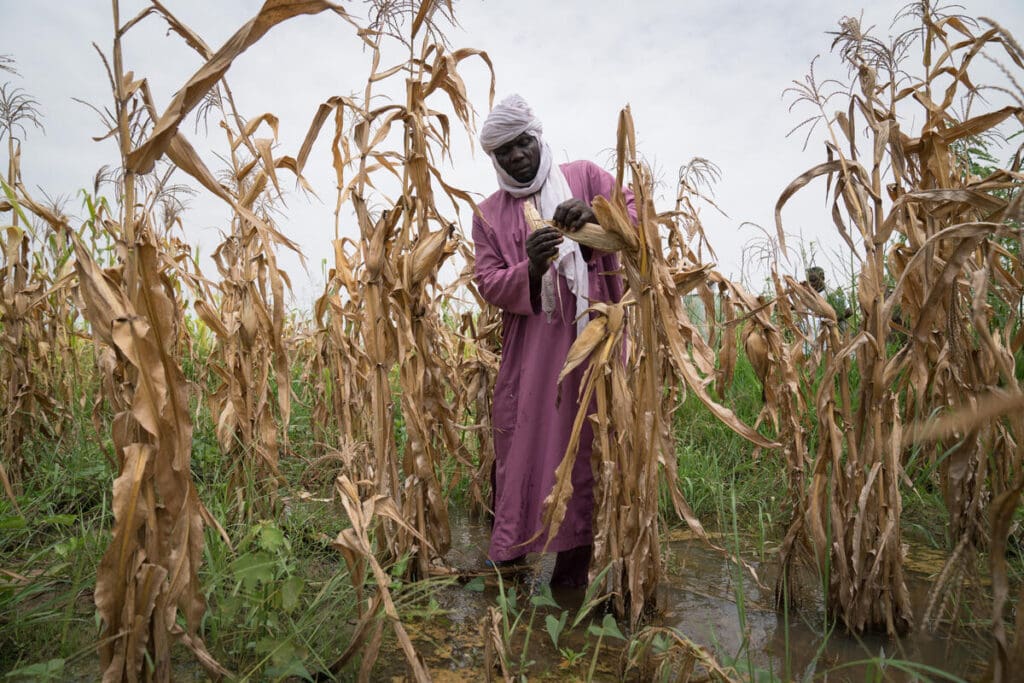
Extreme weather events in South and Central America continue to destroy crops and reduce food supply and reserves, with nearly 8 million people (many small-scale farmers) affected in El Salvador, Guatemala, Honduras, and Nicaragua — also known as “The Dry Corridor.” Climate change has caused Lake Chad in Africa to shrink by 90%, making water supplies – and consequently food supplies – scarce for families and farmers. The recent floods in Libya severely disrupted the food supply chain in and around the city of Derna. This made it hard for tens of thousands of people to access food in the wake of the disaster.
More than 80% of the world’s hungriest people live in disaster-prone countries. Climate shocks make them hungrier.
Learn more about climate change and hunger.
Economic Shocks
Events within or outside a country can cause a shock to its economic systems, which can trigger skyrocketing food prices and prevent food trade.
For example, the impact of COVID-19 on the global economy has been devastating: Since the outbreak in 2020, the number of people facing severe hunger has increased by about 150 million. COVID-19 lockdown measures disproportionately affected small-scale farmers, sellers and traders. Quarantines and travel restrictions disrupted supply deliveries and caused food prices to spike, making food too expensive for millions.
Learn more about COVID-19’s impact on global hunger.

Another example is the economic meltdown that started in Sri Lanka in 2021. Fueled by mounting government debt and a lack of foreign reserves, the economic crisis triggered food shortages and rising prices which pushed more families into poverty and hunger.
How Can We Stop and Prevent Food Shortages?
Thankfully, there’s plenty we can do as a global community to keep food shortages from further devastating people’s lives. Here are some solutions the United Nations World Food Programme (WFP) is implementing with great success on the frontlines of hunger, and how you can help.
Food as a Tool for Peace
We know that food scarcity can be a result of conflict, but it can also cause conflict and unrest. A recent World Food Program USA report shows that food-related conflict happens when a group of people is motivated to participate in violent or non-violent conflict because they lack access to safe, nutritious food.
By ensuring people have access to adequate food and sustainable food systems, we can prevent conflict from arising or worsening. As the recipient of the 2020 Nobel Peace Prize for our work, the U.N. World Food Programme is there before, during and after war to help families survive and recover. Each year, we reach over 150 million people with critical food and nutrition assistance.
Climate Resilience

Every day, we help communities around the world become more resilient to climate shocks. We provide food to people in exchange for their work on community infrastructure assets like bridges, roads, schools and irrigation systems. We’re implementing tech solutions and innovations – from hydroponics to satellite imagery – to help people withstand climate shocks. We also help communities restore degraded land and diversify their crops. One project in South Sudan increased agricultural land by 27% in just two years to a size of 15,000 football fields.
By helping communities to better withstand and quickly recover from climate disasters, we help prevent disaster-induced food shortages.
Social Safety Nets
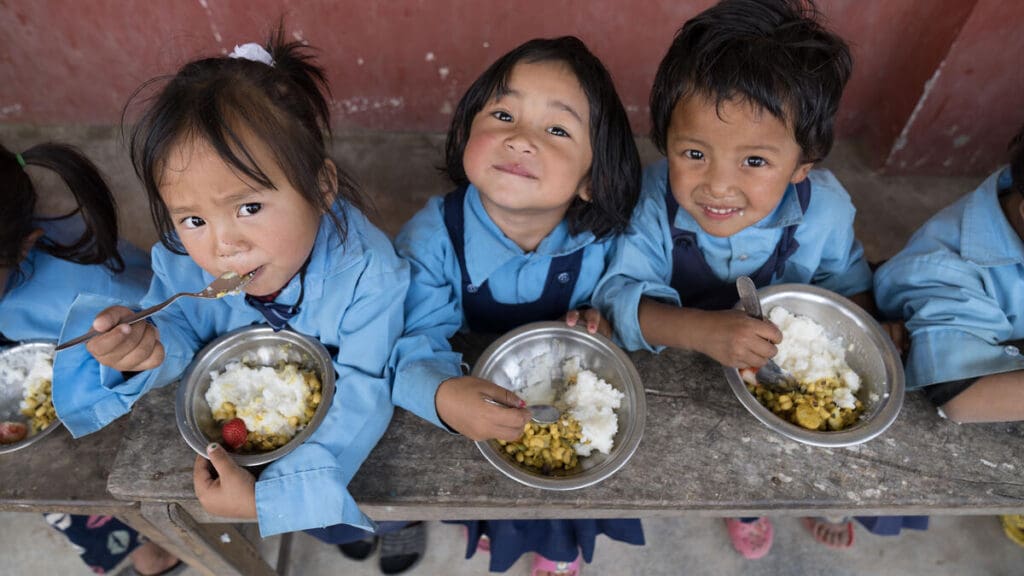
Social safety nets help protect the most vulnerable people and can help mitigate devastating economic shocks. We work directly with governments to strengthen food systems across vulnerable regions. We protect children around the world through our school meals program and ensure they have nutritious food each day. And we empower refugees to make their own food purchasing decisions through direct cash transfers or food vouchers. Around the world, the U.N. World Food Programme ensures people – including children and refugees – have access to food when crises hit and destroy food supplies.
Food Loss Prevention
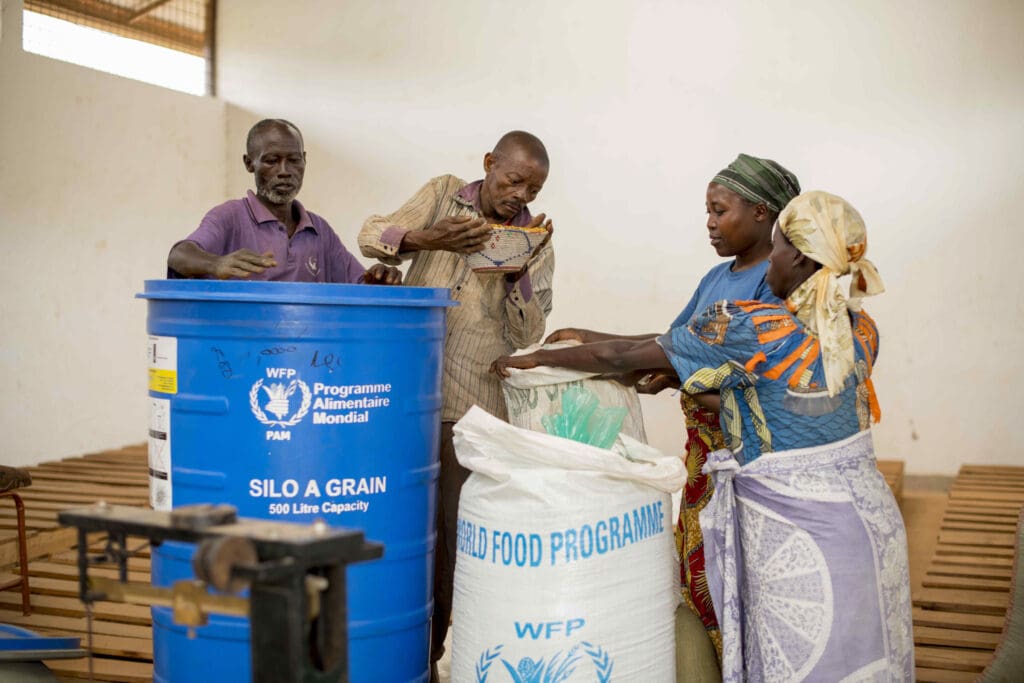
The U.N. World Food Programme’s proven methods, tools and equipment help prevent food loss during production and distribution for local farmers and food distributors around the world. For example, farmers in Africa lose about 40% of all the food they harvest due to insects, pests and mold. By providing them with air-tight silos and bags, we helped farmers reduce food loss from 40% to 2%. Limiting food loss increases the food supply and helps prevent shortages in the future.
Conflict, the climate crisis, economic shocks and skyrocketing costs are all driving the global hunger crisis – and food shortages – around the world. But as you can see, there is plenty we can do to keep more people from falling into hunger.
Join us by donating today to help us make sure every family has enough food to survive.







